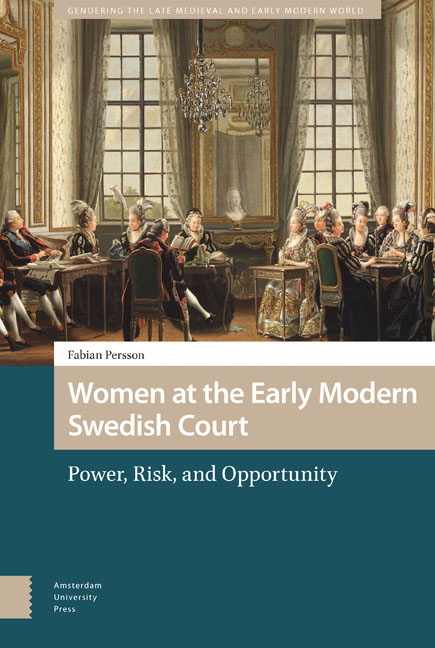11 - The Winding road: Royal Marriage Negotiations
Published online by Cambridge University Press: 15 April 2021
Summary
Abstract
Christian II, Erik XIV, and John III certainly thought primarily to further their own interests when negotiating their marriages. In a telling reversal, it may be that the most influential network was that of Queen Constantia of Austria, married to King Sigismund, and only de jure Queen of Sweden. It appears she used her network to influence the King rather than the other way round.
Keywords: Denmark, Sweden, marriage market, portraits, negotiations
In January 1569 the young Frederick II of Denmark wrote to his aunt the Duchess of Mecklenburg that he intended to marry a Danish noblewoman. A copy of the letter was quickly dispatched to the King's sister, the Duchess of Saxony. Pressure was applied to dissuade King Frederick from his plan, which, it was said, would bring neither honour nor happiness to the Danish royal family. Both the King's aunt and sister tried to dissuade King Frederick and his intended, Anna Hardenberg, from going ahead with the marriage – the liaison had been going on for years despite the furious opposition of the King's mother, Queen Dowager Dorothea, whose Maid of Honour Anna Hardenberg had been for a decade.
By stalling, they succeeded in persuading the King to consider a Pomeranian Princess. The Pomeranian envoy wrote that he did not believe ‘all the noise about the nobleman's daughter’ would be an obstacle. A portrait was delivered to the King, and in 1571 he met the eighteen-year-old Princess to see if she was marriage material. She was accompanied by the King's aunt, the Duchess of Mecklenburg. King Frederick was not pleased with the Pomeranian girl in real life, but was attracted to his fourteen-year-old cousin, Sophia of Mecklenburg, who took part in the meeting. He duly married her instead the following year. Anna Hardenberg wrote in a letter, ‘God knows, I am so happy and calm in my heart as I have not been for many a year.’
In Sweden, meanwhile, King Eric XIV had celebrated his marriage with his teenage mistress Karin Mansdotter in 1568. This was no princess from foreign shores, not even a noblewoman, but a young girl from the lowest ranks of society. He had earlier forced the Swedish Diet to grant him permission to marry.
- Type
- Chapter
- Information
- Women at the Early Modern Swedish CourtPower, Risk, and Opportunity, pp. 243 - 252Publisher: Amsterdam University PressPrint publication year: 2021



